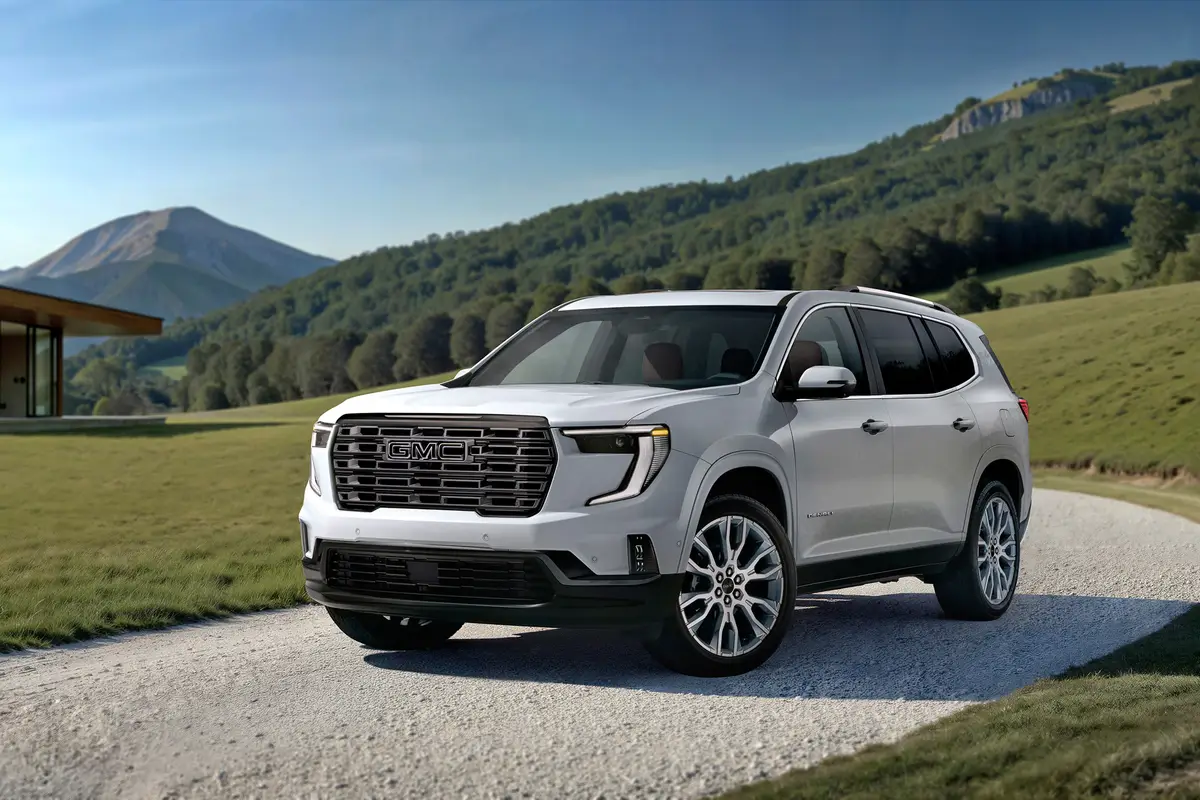TheMercuryNews.com's view
Unlike the Beetle, the VW Eurovan never went away.
It just seemed like it.
The New Beetle has been a sold-out hit since it arrived in March. American dealers still can’t satisfy the demand and European buyers are clamoring for the car, so VW is considering adding a second assembly site to complement production in Puebla, Mexico.
With much less fanfare, a new VW Eurovan has arrived for 1999.
So few Eurovans have been sold recently that I thought VW had dropped the vehicle from its lineup. I was wrong — and right.
The last Eurovan sold as a mainstream van was the 1993 model, according to VW spokesman Tony Fouladpour. Since then, the company has only sold the Eurovan Camper, a longer-wheelbase model that was converted by Winnebago into the automotive equivalent of a houseboat.
Sales of it have been meager, but they did grow 80 percent last year — from 995 in 1996 to 1,792 in 1997. Those numbers ranked VW at the bottom of the minivan heap. The Eurovan was the slowest selling minivan in America last year, even behind Toyota’s discontinued Previa and the little-seen Isuzu Oasis.
The Eurovan is the descendant of the Microbus, the legendary hippie hauler that transported the counterculture movement from Berkeley to Haight-Ashbury to Woodstock. Anyone who visits Big Sur knows that the Microbus lives on.
Like the Beetle, the Microbus symbolized the ’60s.
Unlike the New Beetle, the demand for the Microbus’ successor likely will remain small. Even with a new engine and other changes, VW is expecting to sell only 2,000 to 2,500 Eurovan a year, Fouladpour said.
The open hatch on the Eurovan.
After all, first Chrysler and now Ford, GM and Toyota and, soon, Honda are satisfying the minivan market quite well. These machines, while undeniably bland, all also undeniably perfect for the tasks they’re used for, like transporting the youth soccer team or all of the youth soccer team’s equipment.
But the New Beetle is a halo car. Buyers coming in for the cute coupe might be drawn to a sophisticated sedan like the Passat instead. Or, later in the year, they might be attracted to new versions of the economy models, the Golf two-door and the Jetta four-door. And, I suppose, they might ponder a big van called the Eurovan.
At least, that’s what VW is thinking.
Make no mistake, this isn’t some rip-off of the Dodge Caravan.
Compared with a short-wheelbase Caravan, the Eurovan is 700 pounds heavier, about the same length, about four inches skinnier and eight inches taller. The Eurovan is nearly a foot shorter than a long-wheelbase Grand Caravan.
Those numbers don’t lie. The Eurovan is boxy, like someone flipped over a telephone booth and added wheels. That’s how vans were in the ’70s and ’80s. Other vans have become much more aerodynamic in recent remodelings.
So, the VW Eurovan is much different. Does that make it much better? Not necessarily.
The 1999 Eurovan comes in two trim levels. The base GLS is closest to what we Americans think of as a minivan. It’s a seven-passenger-facing-forward minivan.
Next is the MV version. That’s the one we drove. Its second-row seats face rearward. Between those seats and the forward-facing third-row bench is a foldable table. Inside, are a full set of curtains and a fluorescent light. The third row bench folds flat and becomes a two-person bed.
Get a Eurovan MV with a Weekender package, and you’ve got a real sleeper — in the literal sense. It includes a pop-off room, another two-person bed (so it sleeps four) and a refrigerator.
VW still sells the Eurovan Camper, too. It has a 15.7-inch-longer wheelbase and is a six-seater with a double bench in the middle. An optional single seat, new for ’99, replaces the middle bench and provides more interior room. This model includes a two-burner LP stove and full-swiveling captain’s chairs.
On the road, this does n’t feel like an American minivan either. The current-generation Chrysler products and the 1999 Fo d Windstar, for example, have much improved rides and handling. The ’99 Eurovan still feels like a truck.
Latest news



